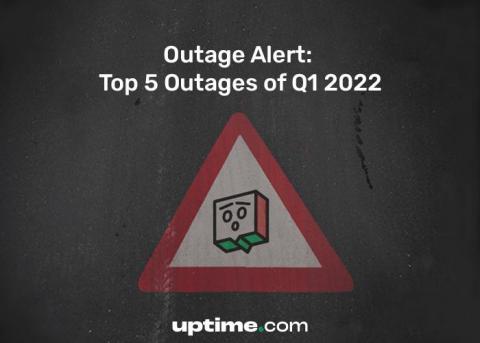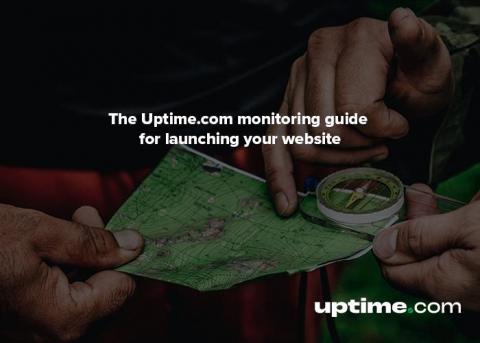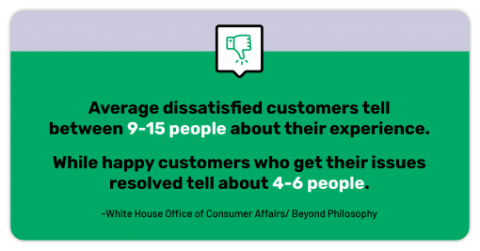Outage Alert: Top 5 Outages of Q1 2022
By now it’s no secret that system outages and website downtime are more widespread and frequent than ever. In fact, the frequency of outages jumped 9% in just the first week of 2022. This can be attributed to a rapid increase in traffic and reliance on tech infrastructures – resulting in connectivity, server, and other technical issues that are alternately unforeseen and unavoidable.











